Topic: Inventions and technological developments
Age Group: KS2
Synopsis: Human history is full of inventions. It starts back from the Dark Age, where humans first learned how to make fire and then began making the first tools to make their daily tasks easier. This pack will spark a discussion in the classroom and encourage your pupils to talk about the greatest inventions that have changed our lives writes Wanda Gajewski from Wandsworth LRS (Learning Resources Service). It should also inspire children to talk about what those inventors may have missed.

Wanda Gajewski
Wandsworth LRS
Librarian’s view:
A few weeks ago, I attended a webinar with author Andy Jones. Andy talked about his latest book Bob vs the selfie zombie: a time-travel comedy adventure. The children were asked to travel in time, and it was interesting to hear that some pupils wanted to be transported to pre-technology eras such as Tudor times. If the children travelled back in time to the 16th century, what would they miss the most? I am personally in favour of new technological developments and so that’s what inspired me to investigate the technology coming out and link it with the KS2 topic What price progress?. The list of tech inventions to kick off 2023 has been impressive including green hydrogen, nuclear fusion, quantum computing and artificial intelligence getting even smarter, just to mention a few.
We live in a time filled with modern technologies and are usually excited about the novelties that global corporations provide us with. Your pupils will learn that many inventions that only yesterday seemed revolutionary and forward-looking, by today are almost obsolete. However, there are also inventions that have changed our lives forever and become milestones in the history of the world.
This International Primary Curriculum (IPC) unit gives you and your children the chance to explore amazing developments that have changed the world. It is a great topic for children to develop their history skills and learn about brilliant inventors and inventions. The resources will also help your children in developing critical thinking skills and build their knowledge about the effects that the inventions have already had on their lives.
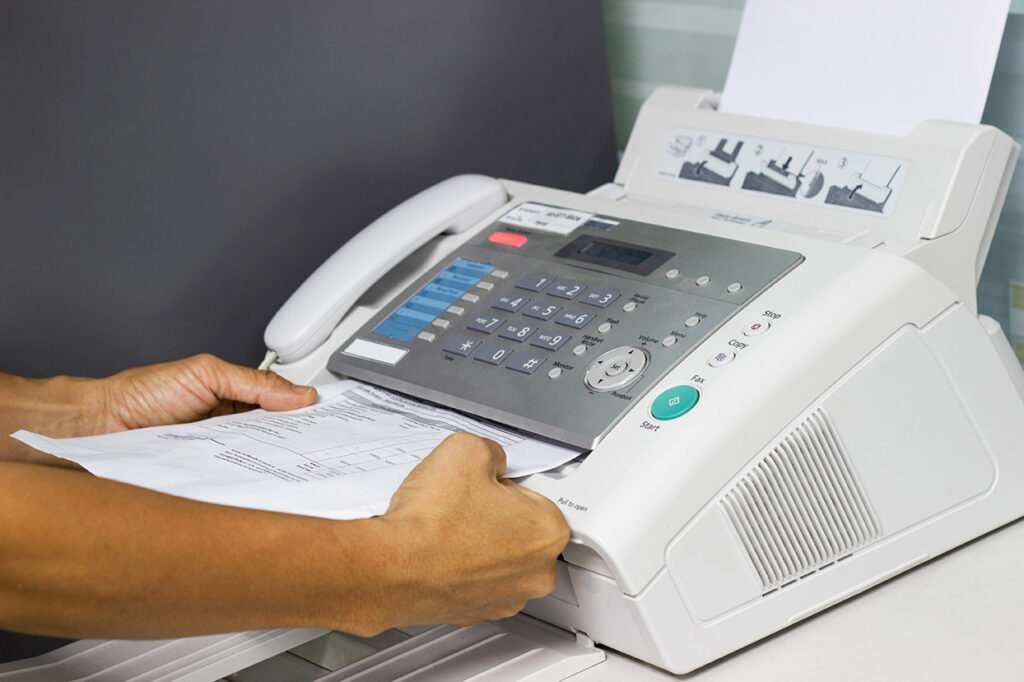
TRY IT 1:
Kickstart a discussion by asking what technologies and devices have been replaced today by computers and the Internet?
One answer might be the way fax machines (sometimes seen in office scenes in movies/shows from the 1990s) are now completely replaced by smartphones.
The dynamic development of the entire electronic and IT sector means that people are no longer required to perform many activities. The number of professions that have been dismissed thanks to this revolution is growing with each passing decade. In contrast the Internet has made it possible for everyone to have access to things that our ancestors would not have been able to imagine – and it’s usually findable within a few clicks.
TRY IT 2:
Facilitate a discussion about which inventions are the five greatest of all time?
The wheel

Some people consider the wheel to be the greatest invention of all time. The Sumerian people in Mesopotamia are widely believed to have invented the wheel around 4200-400 BC. The wheel led to other innovations, including wheelbarrows and chariots, and changed the way people lived, worked, travelled and fought. Other advances such as mills and steamboats also owe their creation to the basic but incredible wheel.
The lift (elevator)

Mechanisms for vertical transport date back thousands of years. In 236 BC, Greek mathematician Archimedes designed a rudimentary lift operated with the use of ropes, pulleys and a capstan. In ancient Rome, wild animals kept beneath the Colosseum were delivered to the arena through a series of up to 28 lifts — each one of which could carry 600 pounds and took as many as eight men to operate. The lift as we know it was created in 1854, when Elisha Otis produced an elevator with a safety device and installed it in New York. His company’s designs were ground-breaking at the time, and the Otis company continues to be the leader in the elevator industry today.
Printing press

Although Johannes Gutenberg (died 1468) is synonymous with the printing press, he was not the first to use a press to create printed material. The oldest known printed text was a Buddhist scroll, the Diamond Sutra, made in China, around 868 AD using block printing. However, in 1436, Gutenberg refined printing in a way that forever changed history. His crowning achievement was using his press to produce around 200 copies of the Bible within three years – at the time an astoundingly fast turnaround compared to hand-copying.
Vaccines
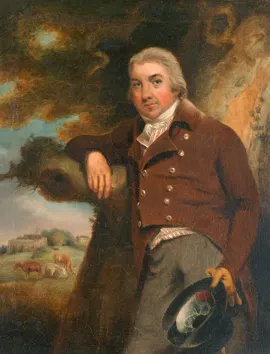
The concept of inoculation is an old idea and goes back to people in 16th century China who purposely exposed their skin to cowpox in an effort to protect against smallpox, a related but far deadlier disease. But it was British doctor Edward Jenner who pioneered the field of vaccinology with his development of the smallpox vaccine in 1796. French chemist Louis Pasteur made advances in vaccines, developing them for cholera, rabies and anthrax. By 1970, the world had separate vaccines to address deadly infectious diseases including measles, mumps, and rubella. The invention and evolution of vaccines have saved countless lives around the world.
The Computer

It is hard to think of an aspect of modern society that has not been affected by the computer. Although many people contributed to what we call a computer, several great minds are especially noteworthy. The idea of an automatic digital computer dates to mathematical prodigy Charles Babbage (1791-1871). His idea, named the Analytical Engine, encompassed elements that are still in use in modern computers. A huge leap forward for Babbage’s idea came in 1946, thanks to John William Mauchly and J. Presper Eckert. These two scientists created the first general-purpose computer — originally known as the Electronic Numerical Integrator and Computer (ENIAC).
Resources

The Top Ten Inventions that Changed the World
by Chris Oxlade
In 1903, two brothers (Wilbur and Orville Wright) achieved the first controlled flight of a heavier than air machine in the US. In this book you will discover The Top Ten from thousands of inventions that have undoubtedly changed our world and find out why these ten made it.

Inventors’ Secret Scrapbook
by Chris Oxlade
Inside this book you and your pupils will find pages from the notebooks of some of the world’s greatest inventors. Your class will also discover how the inventors came up with their incredible ideas – from the humble light bulb to a fantastic flying machine.
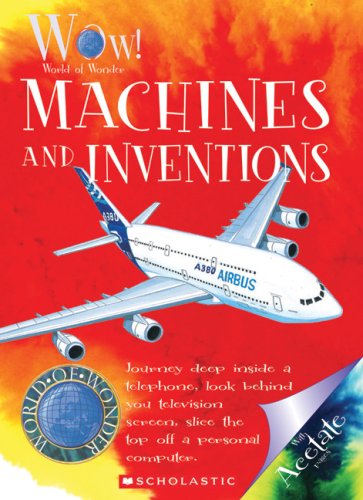
Machines and Inventions
by Ian Graham
Humans are clever creatures. For thousands of years, they have found ways to make life easier, from lighting fires to building robots. This book, with special acetate pages, will help you and your pupils to explore some of the ingenious devices humans have created.
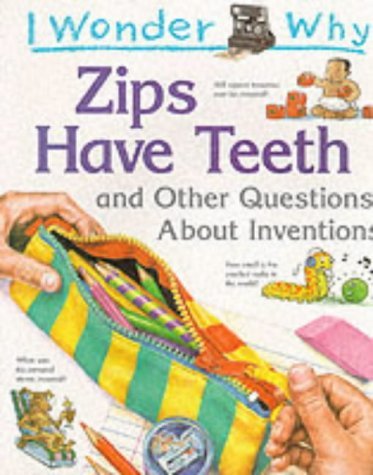
I Wonder Why Zips Have Teeth
by Barbara Taylor
Colourful and full of information, this book is the perfect introduction to inventions, featuring the first computers, robots on Mars, eBook readers and much more. The pupils will learn how Inventors try to solve problems by thinking about people’s needs, and then try to come up with an answer.
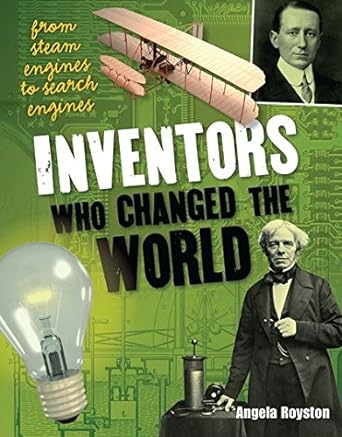
Inventors Who Changed the World
by Angela Royston
Discover the amazing brains behind the inventions we could not live without. This book brings together fascinating facts and information, from how phones became mobile to the all-encompassing reach of the World Wide Web on the Internet.

